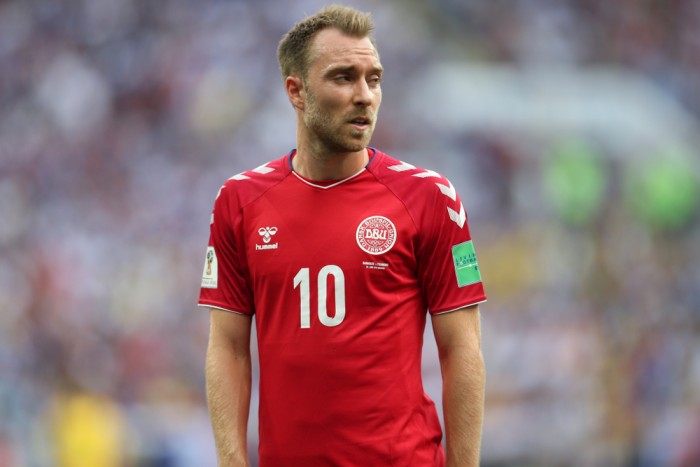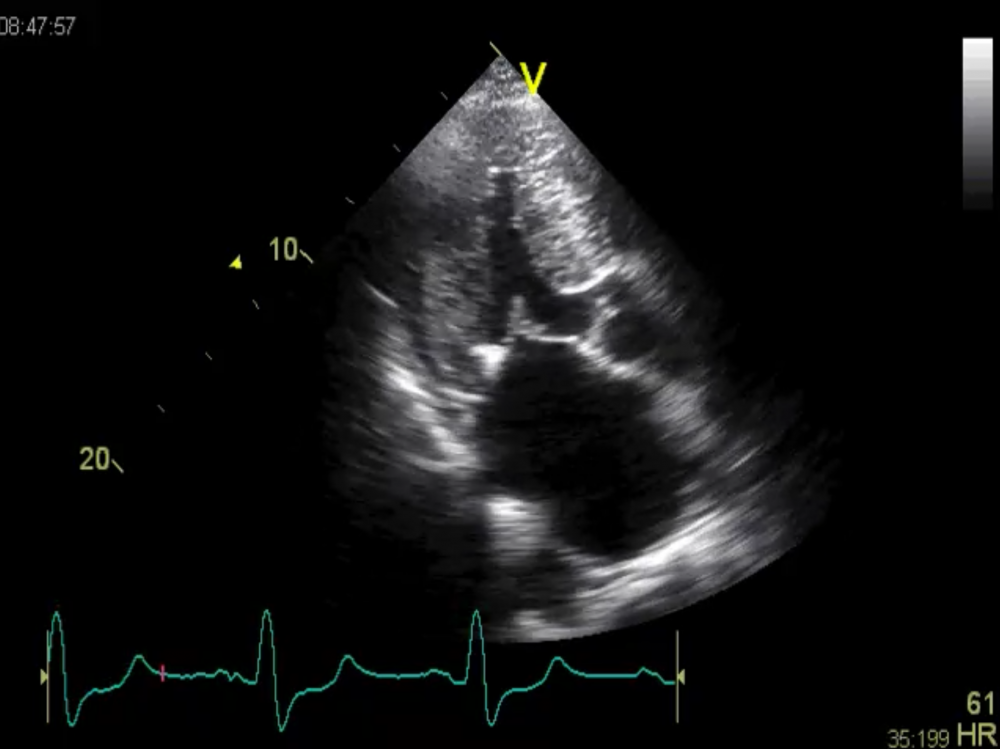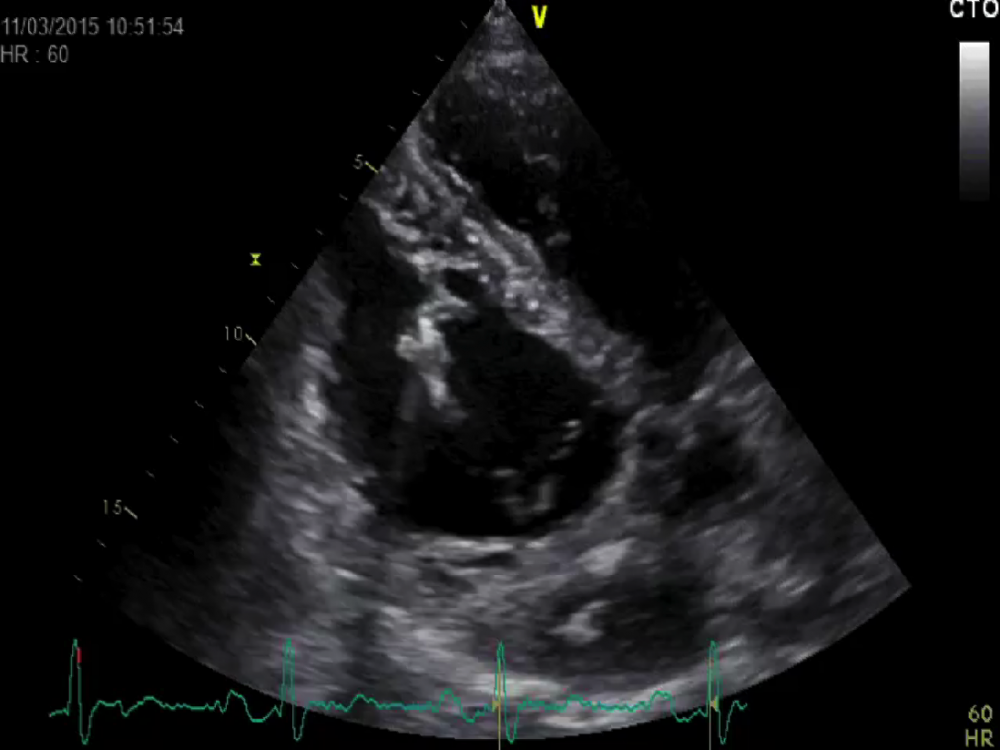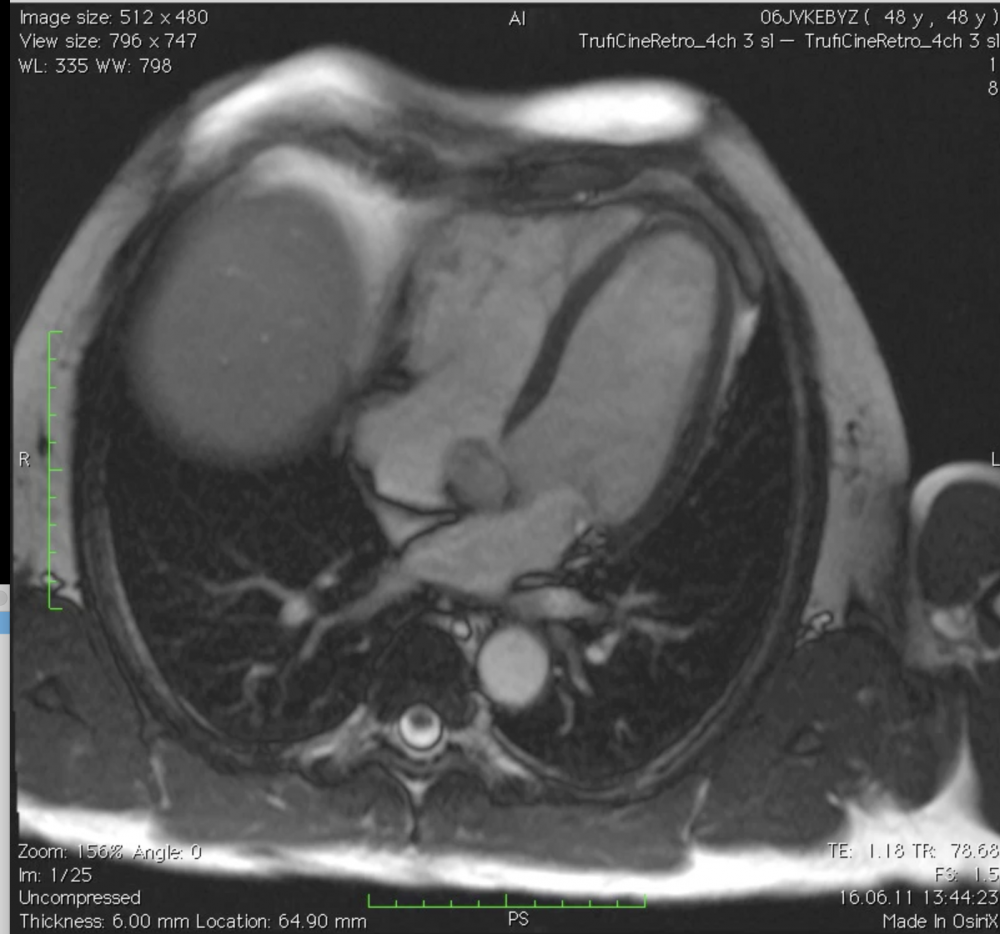The resuscitation of Christian Erikson – How could this happen?
Several million people witnessed live as soccer player Christian Eriksen stumbled, fell and was resuscitated during the European Championship game between Denmark and Finland just a few days ago.

How can this happen?
What a shock! How can it be that an apparently healthy professional athlete who went through extensive health checks as a player for an international top team, such as Inter Milan experiences a nearly lethal arrhythmia?
To answer this question we first need to understand what the potential etiologies of Sudden Cardiac Death (SCD) during athletics events are. I do not want to speculate what the specific cause in the case of Christian Eriksen was. We do not have enough information on the circumstances. All we know is that there was no contact with an opposing player, that he was unconscious, chest compression was performed and that he underwent successful electric defibrillation. Christian Eriksen is a so-called “Sudden Cardiac Death Survivor."
I assume he will now undergo extensive testing. I hope that those involved will respect the privacy of this information.
Sudden Cardiac Death in Athletes – how common?
For Medical Professionals however there is much to learn and you will find numerous scientific articles on this topic. So what do we know?
First, we need to understand that SCD in athletes is extremely uncommon. The estimated incidence is about 1:200.000 cases per year. Depending on the definition of an athlete, the age group or if the episode ended fatal or not the incidence can be as low as 1:1 million per year. But it does happen. Here a few of the most recent examples:
-
Mohamed Abdelwahab an Egyptian defender died as a result of a cardiac arrest during a training session in 2016
-
In 2012 Jaouad Akaddar, a soccer player form Morocco died after a match as a result of a heart attack.
-
Marc-Vivien Foé a professional soccer player from Cameroon fell unconscious in the 72 minute of the match against Columbia during the 2003 FIFA Confederations cup in 2003. Resuscitation was unsuccessful. He had hypertrophic cardiomyopathy
-
Phil O'Donnell a Scottisch midfielder for Motherwell suffered a cardiac arrest in a game against Dundee United in 2007. Autopsy revealed left heart failure
Potential causes of SCD in athletes
The most common cause of SCD during athletic events is clearly hypertrophic cardiomyopathy (15-25% of cases)
Other causes include arrhythmogenic right ventricular cardiomyopathy (ARVD), congenital anomalies of the coronaries, valvular heart disease (i.e mitral valve prolapse), myocarditis and myocardial infarction. In addition there is a wide array of conditions with no structual abnormalities of the heart that can lead to ventricular arrhythmias such as “channelopathies” , long QT syndrome, Brugada syndrome or WPW syndrome.
Many of these abnormalities are not easy to diagnose and it would require an extensive workup to fully exclude each of these conditions. Especially if we also want to exclude non-cardiac causes such as aortic dissection, cerebral aneurysms etc.
In addition routine workup may miss a potential cause of SCD. For example the ECG can be normal in 5-10% of athletes with hypertrophic cardiomyopathy and almost 1/3 of patients with a long QT syndrome will remain undetected based on an ECG.
How far should we go with testing?
The bottom line: Since SCD during an athletic event is so extremely rare it dose not make sense to screen all professional athletes for these very uncommon abnormalities. This would mean that all athletes have to undergo a cardiac MR, coronary- or even full body CT, genetic testing an ajmalin test and maybe also an electrophysiology study. Even then we would not prevent all cases.
I remember several young patients in whom even an extensive workup did not reveal a clear cause of SCD.
The role of echocardiography
It has even been argued that echocardiographic screening in athletes does not make sense. Many propose that an echo is only indicated if the initial screening investigations show abnormal findings.
I personally believe that with the availability of hand held devices and the easy with which important pathologies such as hypertrophic cardiomyopathy, or valvular heart disease can be excluded there is no reason NOT to perform an echo in ALL professional athletes.
I myself remember a professional athlete that I examined who had moderate to severe structural mitral regurgitation and one with hypertrophic cardiomyopathy. Both pathologies that had been unnoticed until then.
The images of Christian Erikson conscious with open eyes right after resuscitation were a true relieve and we can all only wish him a rapid recovery. He was extremely lucky. The mortality of cardiac arrest in athletes on the field is rather high.
The images we saw in the stadium and the outcome should therefore remind us how important good medical care is.
But, this is a topic I want to discuss in more detail in my next up coming newsletter.
So stay tuned,
Thomas Binder and the 123sonography team
PPS: Please share your thoughts or experiences with arrhythmias, SCD or cardiac problems in athletes.



